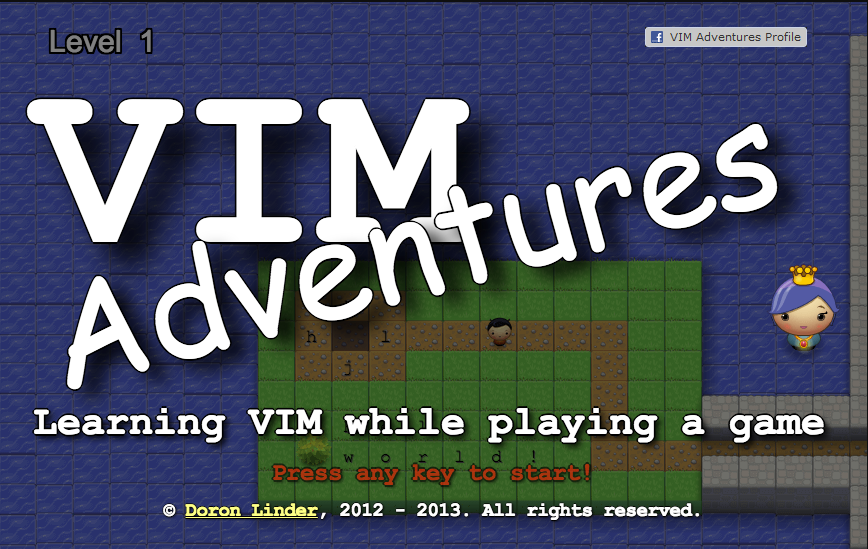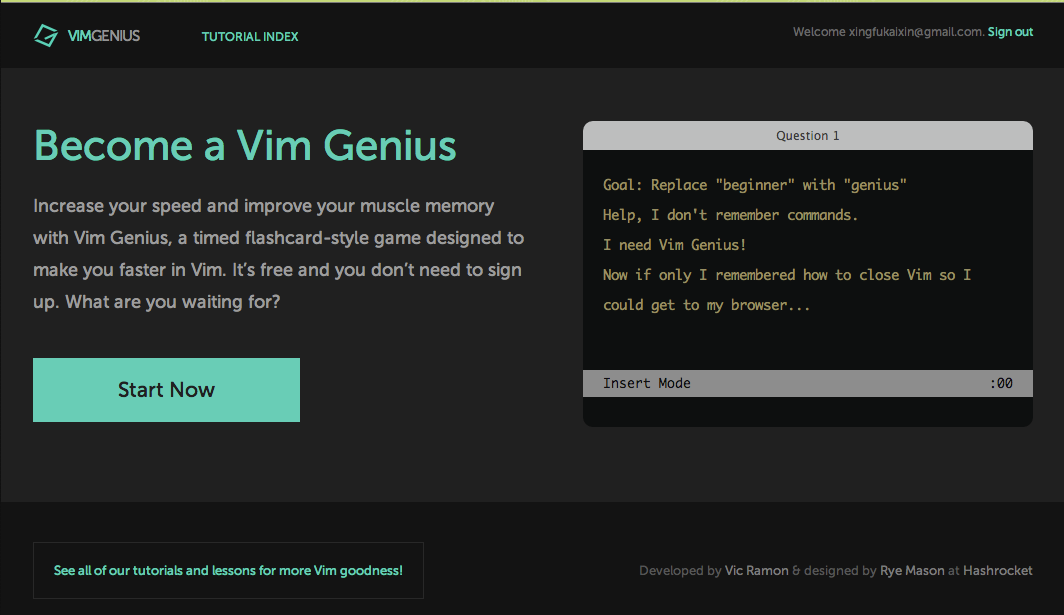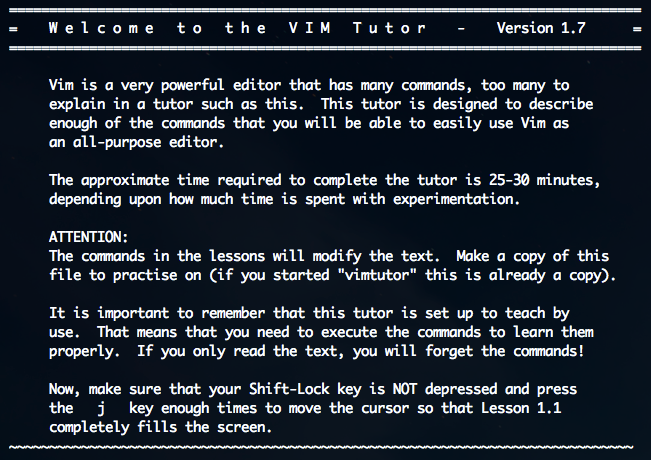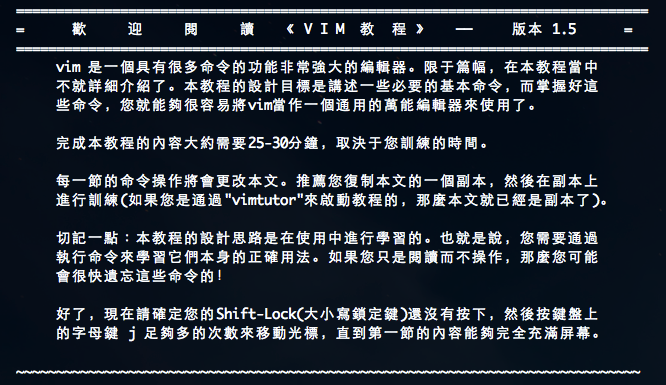Android程序员必备精品资源
平时写程序中不断收集到的一些比较常用的东西,分享给大家.
实用工具集锦
- Android Lifecycle https://github.com/xxv/android-lifecycle
- TinyPNG https://tinypng.com/
- Android Layout Finder Android Layout Finder
- Android Asset Studio http://romannurik.github.io/AndroidAssetStudio/
- JSON Validator http://jsonlint.com/
- JSON Viewer http://jsonviewer.stack.hu/
- Be JSON http://bejson.com/
- JSON to POJO Creator http://www.jsonschema2pojo.org/
- Android Button Maker http://angrytools.com/android/button/
- Android DPI Calculator http://jennift.com/dpical.html
- Gradle, Please http://gradleplease.appspot.com/
- SQLite Database viewer
- SQLite Database browser http://sqlitebrowser.org/
- SQLite Expert http://www.sqliteexpert.com/
- Navicat for SQLite http://www.navicat.com/products/navicat-for-sqlite
- android-resource-remover https://github.com/KeepSafe/android-resource-remover
- PID Cat https://github.com/JakeWharton/pidcat
- adb-wrapper.sh Github
- adb+.sh Github
Chrome 插件
- Android SDK Reference Search Extension Visit website
- Android Resource Navigator Extension Visit website
- ChromeADB Visit website
- POST MAN http://www.getpostman.com/
- DHC SERVICE https://www.sprintapi.com/dhcs.html
IDE 插件
- android-parcelable-intellij-plugin Visit website
- Android Holo Colors IntelliJ Plugin Visit website
- SelectorChapek for Android Visit website
- Android Action Bar Style Generator Visit website
- ButterKnifeZelezny Visit website
- RoboCoP Visit website
- Dagger IntelliJ Plugin Visit website
- ADB Idea Visit website
Android Apps
- Catlog https://github.com/nolanlawson/Catlog
- DevDrawer https://github.com/tunitowen/DevDrawer
- DevAppsDirect Android开源库集合 Google play
- Libraries for developers 同上 Google play
- Github 看看大神们每天都在干嘛,关注一下开源库的动态 Google play
- StartupNews 各种文章汇集点 Google play
- Pocket Casts 苹果Podcasts的Android版 http://faq.shiftyjelly.com
- Pocket 稍后阅读 Google play
- Press Rss订阅 Google play
- CloudMagic 用过的最好用的邮件客户端没有之一 Google play
- Muzei 最棒的Android壁纸App没有之一 Google play Github
- 最美应用 高品质应用发现社区 http://zuimeia.com/
- 网易云音乐 有些时间是属于耳朵的 Visit website
- 多看阅读 精品阅读时光 visit website
技术集锦
- Android Weekly http://androidweekly.net
- Android开源项目分类汇总 https://github.com/Trinea/android-open-project
- Android OpenSource http://android-arsenal.com/
- Android 相关的… http://www.appance.com/category/android/





